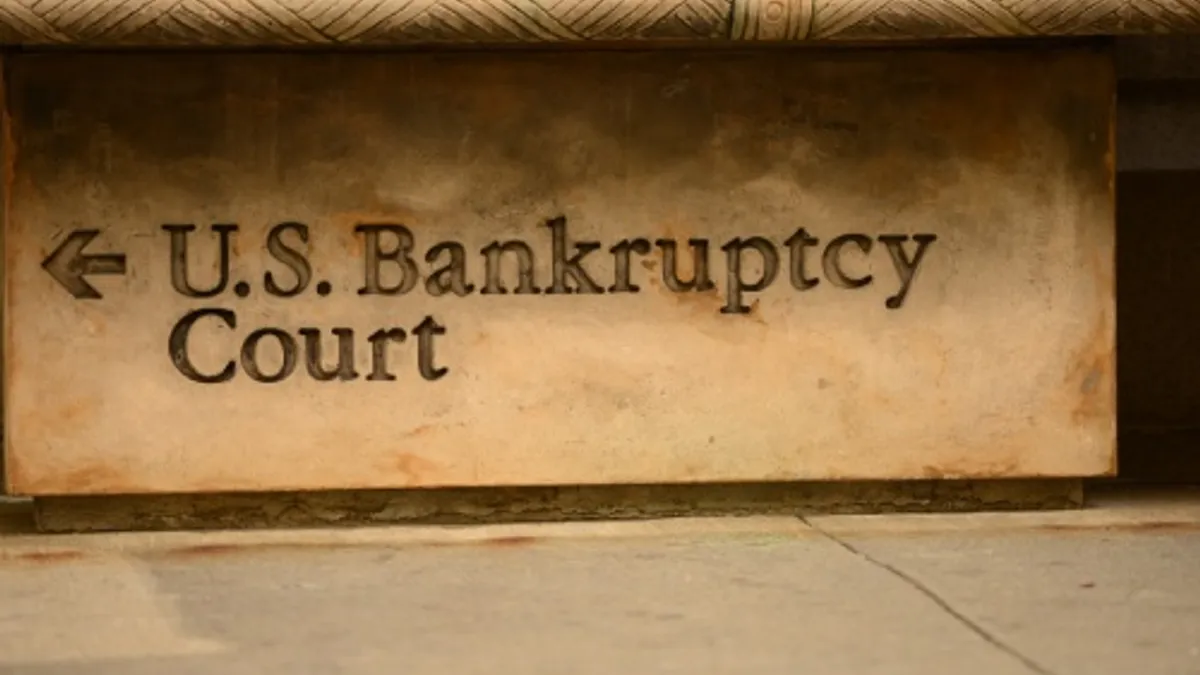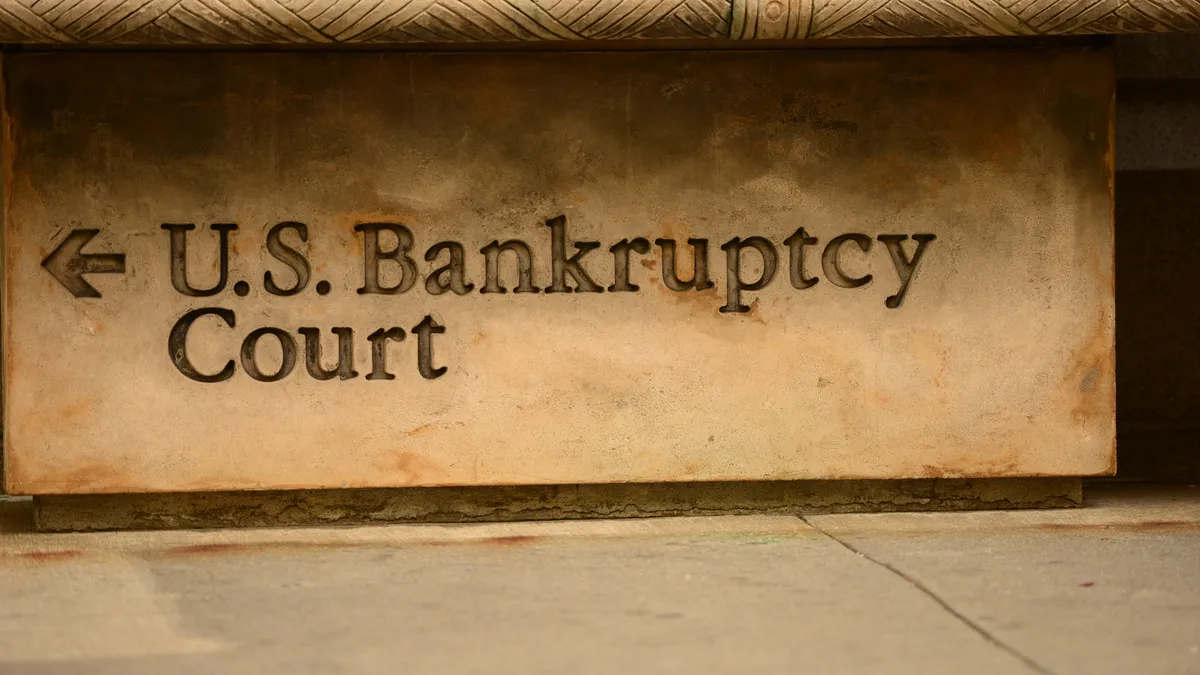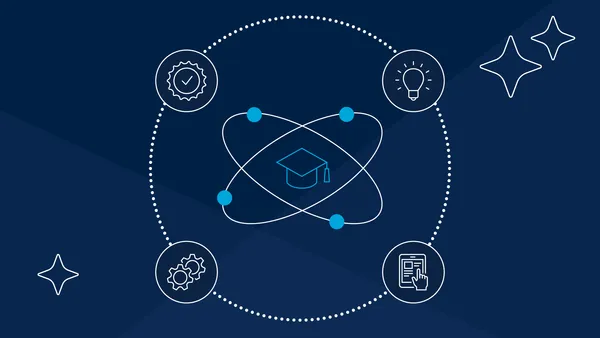There was no shortage of ed tech to take in at SXSWedu 2016. Whether it was teacher-driven instructional management tools, digital citizenship curriculum solutions or STEM-fueled satellite projects, there was a little something for everyone. In no particular order, here are eight pieces of ed tech news worth noting from this year's show.
McGraw-Hill Education
Top of mind for learning science company McGraw-Hill Education was its "McGraw-Hill Connect Effectiveness Study 2016," which examined data from 20 higher ed case studies at colleges using its Connect and Smartbook Products in 2014 and 2015. Highlights included retention boosts from 70.1% to 89.9%, average exam score increases from 71% to 80.1%, pass rates that rose from 72.5% to 85.2%, a 15% jump in students earning A's and B's, and a 72% decrease in time spent on administrative tasks by instructors.
The company also touted its new partnership with Knovation, adding a library of curated free education resources for Engrade users, as well as new numbers showing sales of its digital products overtaking print in its higher ed group for the first time last year.
Ardusat
One of the coolest STEM tools we've seen, Ardusat is upping its game with live satellite tracking and student space experiment countdowns. The company is also now offering classrooms the same sensor board carrying students' experiments on satellites in space, offering nine sensors with 20 measurements. The idea is that by letting students see hands-on what phenomena they can measure on Earth, they can better design experiments using the same sensors on a satellite.
Kickboard
As a former classroom teacher, Kickboard CEO Jen Medbery is in a unique position among ed tech execs. At SXSWedu this year, she joined other such "teacherpreneurs" like Clever's Dan Carroll and ScribeSense' John Ruff for a panel conversation on how encouraging teachers to develop their own solutions can bring about richer, more effective ed tech innovation.
But that's not all Medbery and Kickboard are up to: The instructional management solution provider is also currently wrapping up a massive independent research effort with 2,500 educators and administrators on climate and culture in the nation's schools. Some of the results so far include 93% agreeing that "behavioral issues get in the way of learning," 92% reporting that "academic interventions cannot be successful if existing behavioral issues are not also addressed" and only 24% saying they have effective programs in place.
Alma
Just days before SXSWedu, Alma announced the addition of Jay Keuter as its chief innovation officer and Dr. Therese “Terry” Crane, a recognized thought leader on ed tech, to its board of directors. The all-in-one platform provider has continually seen year-over-year growth in its client base, and at the show, CEO Andrew Herman told us the company is expecting a significant expansion this fall as it continues to "scale up."
"There's two things our existing user base says that we do a great job on and also is really attracting the interest," Herman said, noting that the platform generates a lot of visibility in terms of what goes on in a school or a district via data visualization and insights presented to the "right person at the right time, in the right way." The second piece, he said, is the system's design to excel in transitions from traditional educational models to progressive approaches like competency-based learning.
"That seems to be why there's so much interest in the marketplace," he said.
Smithsonian Institution
With 19 museums, nine research centers and a zoo, the Smithsonian Institution is a massive repository of knowledge in areas ranging from classical art to the hard sciences. This puts the institution in a position to capitalize on the growing demand for open educational resources — and its Center for Digital Learning and Access is doing just that. It has traditionally served students and educators via avenues like field trips and publishing, but its new Learning Lab, currently in beta, is utilizing its digital collections to better serve resources to classrooms.
Senior Digital Strategist Darren Milligan described the platform as an improvement on the discovery of Smithsonian content, with 1.5 million digital collection objects currently in its database. These include photos, videos, lesson plans, magazine articles, blog posts, and more. Additionally, a suite of tools allows users to aggregate those objects into meaningful collections for ease of use in their own classrooms — and those of any other educators who find them useful. The objects can also be annotated, and the platform allows educators to build assessments as well. A post-beta public launch is expected at this year's ISTE conference in Denver.
GoEnnounce
While GoEnnounce is continuing to expand on its social network's offerings, the platform is also expanding into digital citizenship curriculum via a partnership with ESSDACK. More learning opportunities around digital citizenship is likely music to the ears of many administrators, as several we spoke with at the recent NASSP conference in Orlando expressed concern that students aren't learning what is and isn't appropriate online early enough. But the curriculum is also focused on helping students stand out better to college admissions officers online.
"It uses the basis of digital literacy, digital communication, copyright — all those things — but really the focus is digital footprint and how this is a positive tool for college readiness," said co-founder and CEO Melissa Davis. "Now, when you have college admissions Googling students, they don't do that because they're looking to fleece kids and find out bad things. They're looking because they're not getting enough information about a student confirming who they are on this application."
Ideaphora
Also in beta is Ideaphora's long-brewing standalone platform. For a refresher, the platform helps learners organize knowledge maps around digital content to demonstrate concepts learned, with key concepts autopopulated for users to drag and drop onto their map. The tool has been available to BrainPop users for some time, and co-founder and CEO Mark Oronzio told Education Dive that students created 250,000 maps in this school year alone.
The standalone beta has a bit more "mature" interface, with 15 pilots underway in its standalone beta and around 75 other schools in talks. It's also working with Illinois' Illini Cloud. The company hopes to have further announcements ready by ISTE — including two big partnerships that are still secret.
Brainly
Polish ed tech startup Brainly has expanded rapidly over the past year. Aside from now having a New York office, the social learning network/peer-to-peer homework help platform also reports 60 million monthly unique users — an increase of 40 million, year-over-year. Two million of those users, said Head of Strategy and Operations Katie Sagan, are in the U.S., which the company is focusing on specifically.
Some 77% of the "couple thousand" students recently surveyed by Brainly said their learning improved as a result of using the site. Sagan said the company's continuing focus is on understanding students' learning processes and ensuring it has high-quality content, with 40 million questions answered. It currently has partnerships with Rutgers University, the University of Florida and Catholic University, among others. Rutgers' InfoSeeking Lab is currently helping to create better algorithms around understanding what makes a high-quality answer and providing recommendations.
Would you like to see more education news like this in your inbox on a daily basis? Subscribe to our Education Dive email newsletter! You may also want to read Education Dive's look at the state of OER and where it's heading.




















